17 Free Sacred Sites transparent PNG images
Explore our curated collection of 17 free AI-generated Sacred Sites images, offering a stunning array of digital artworks that capture the spiritual and architectural magnificence of religious and ceremonial locations worldwide. From ancient temples to modern sanctuaries, discover high-quality stock photos, 3D renderings, vector graphics, and artistic illustrations. Each image is available for high-resolution download, and you can customize any design using our 'open in editor' feature to fine-tune the prompts for your perfect sacred site visualization.

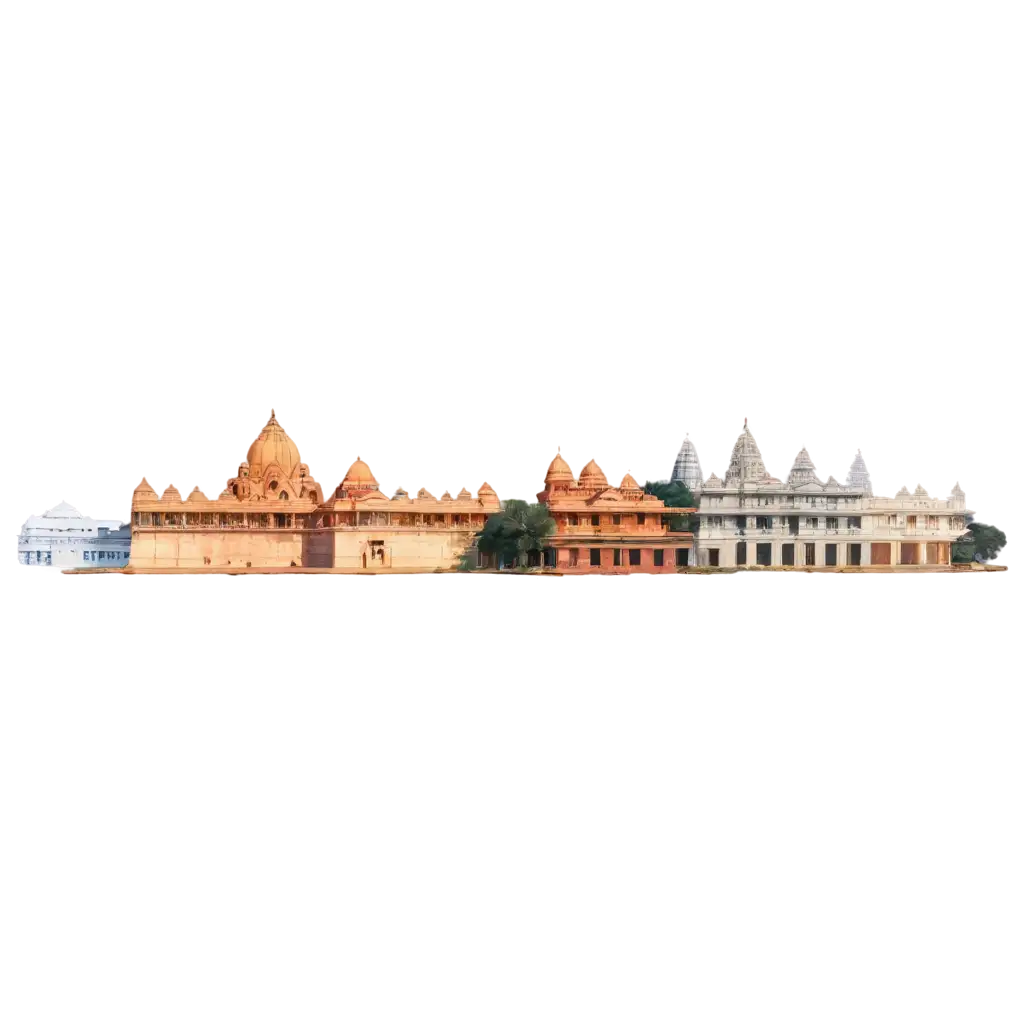
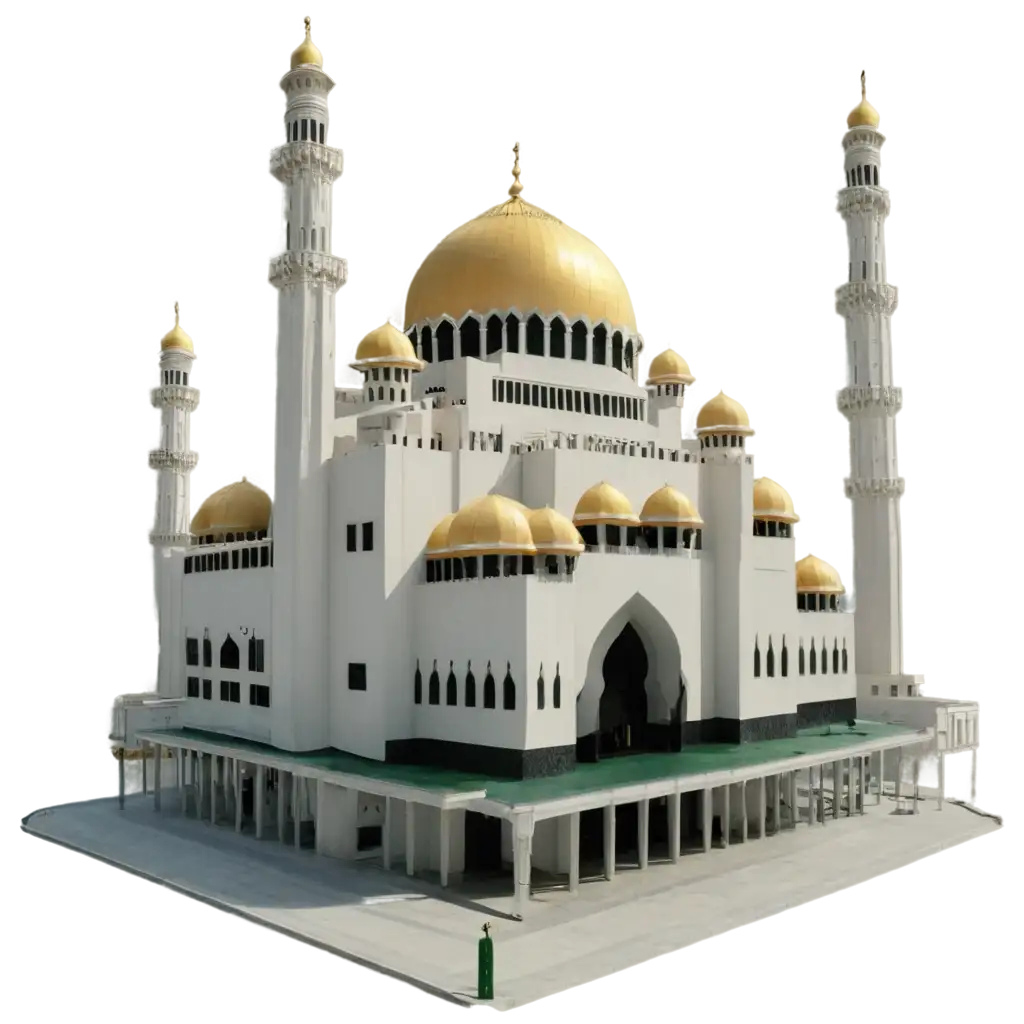
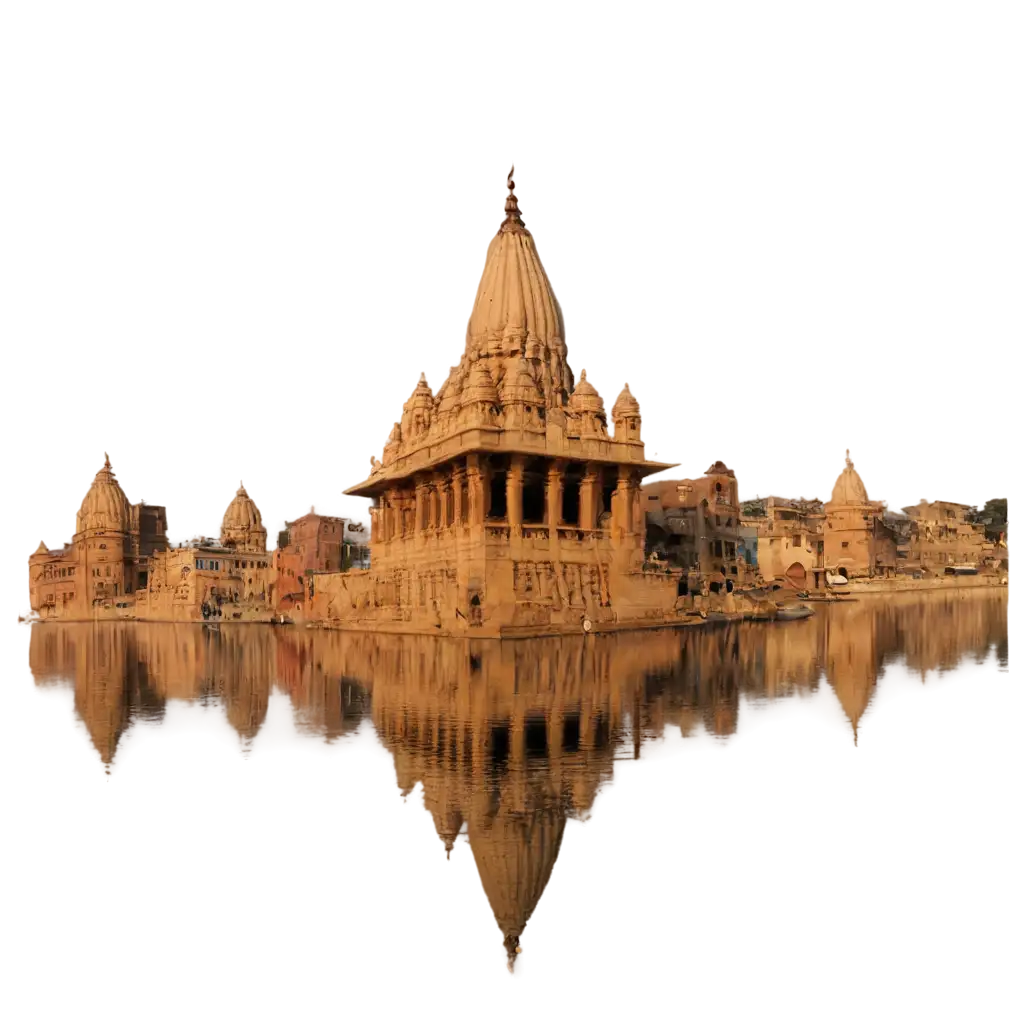
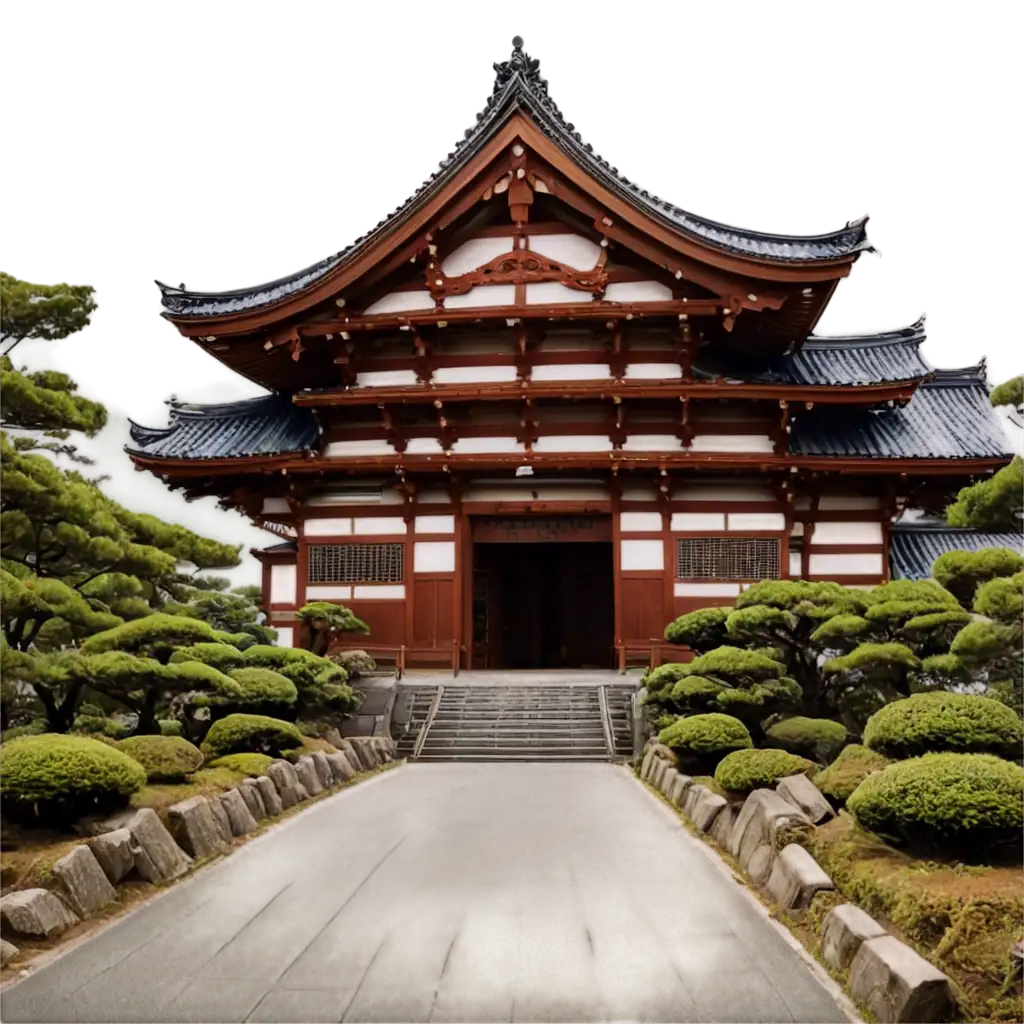
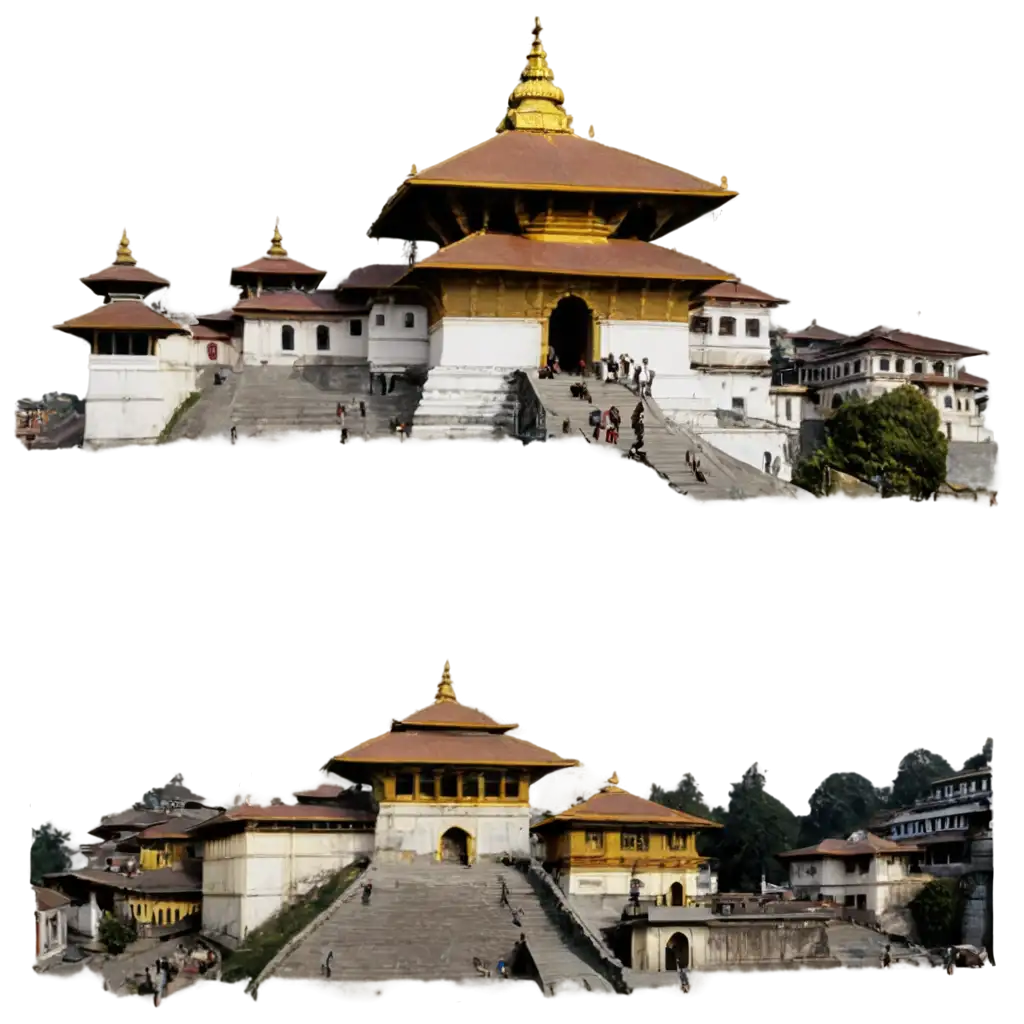

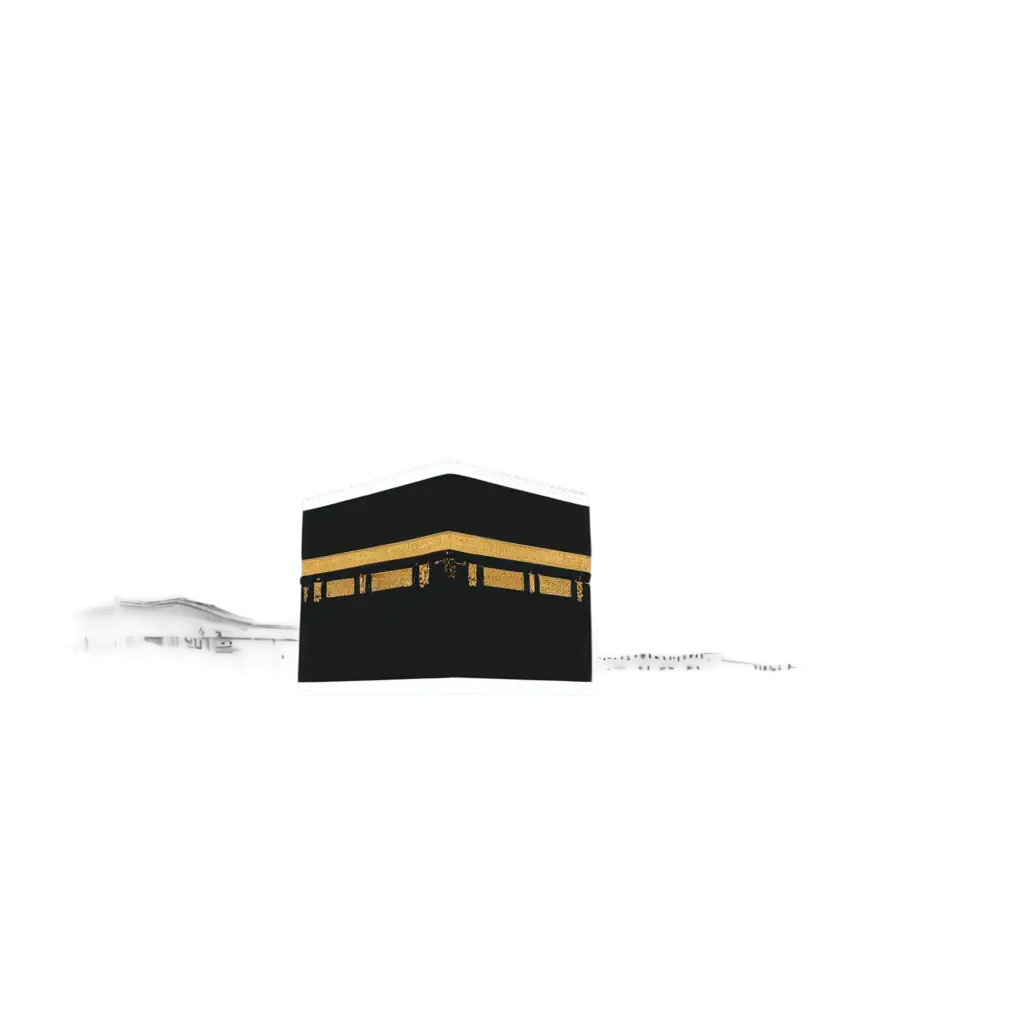
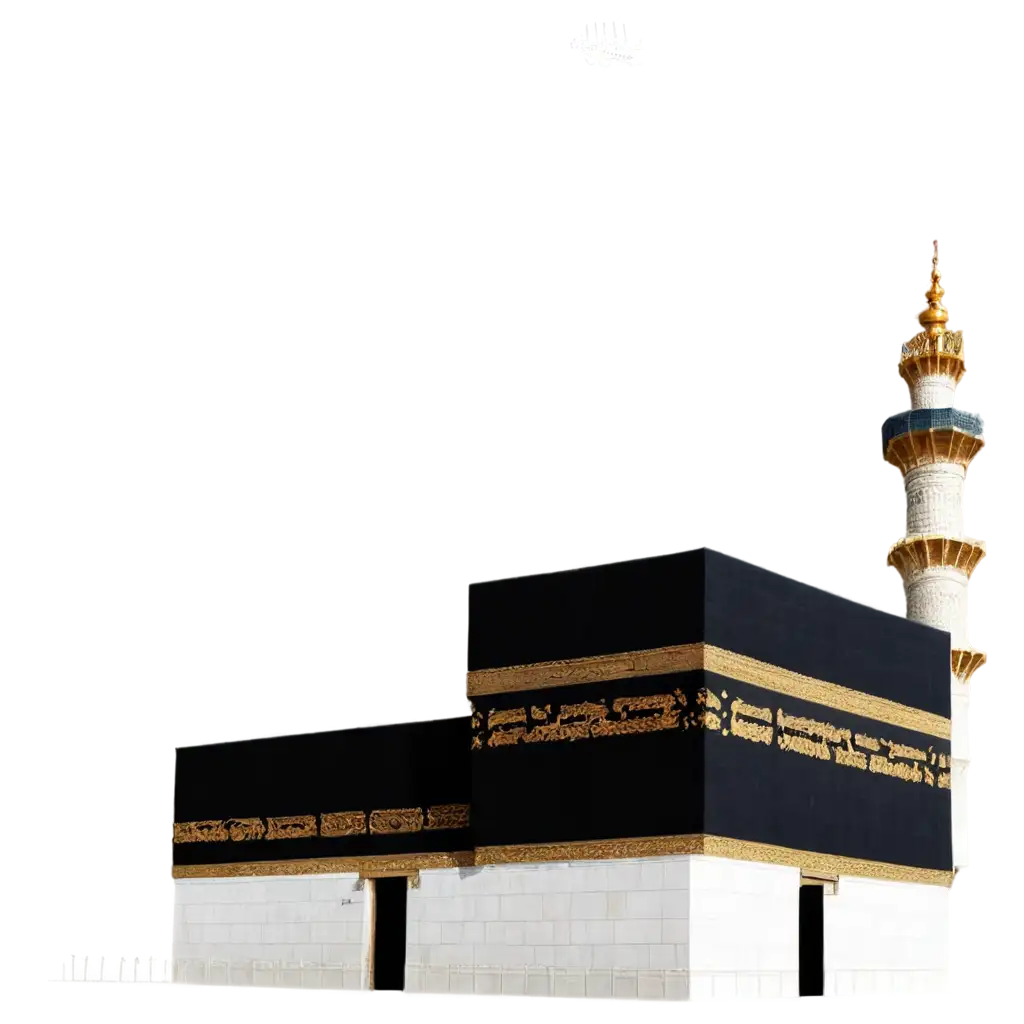



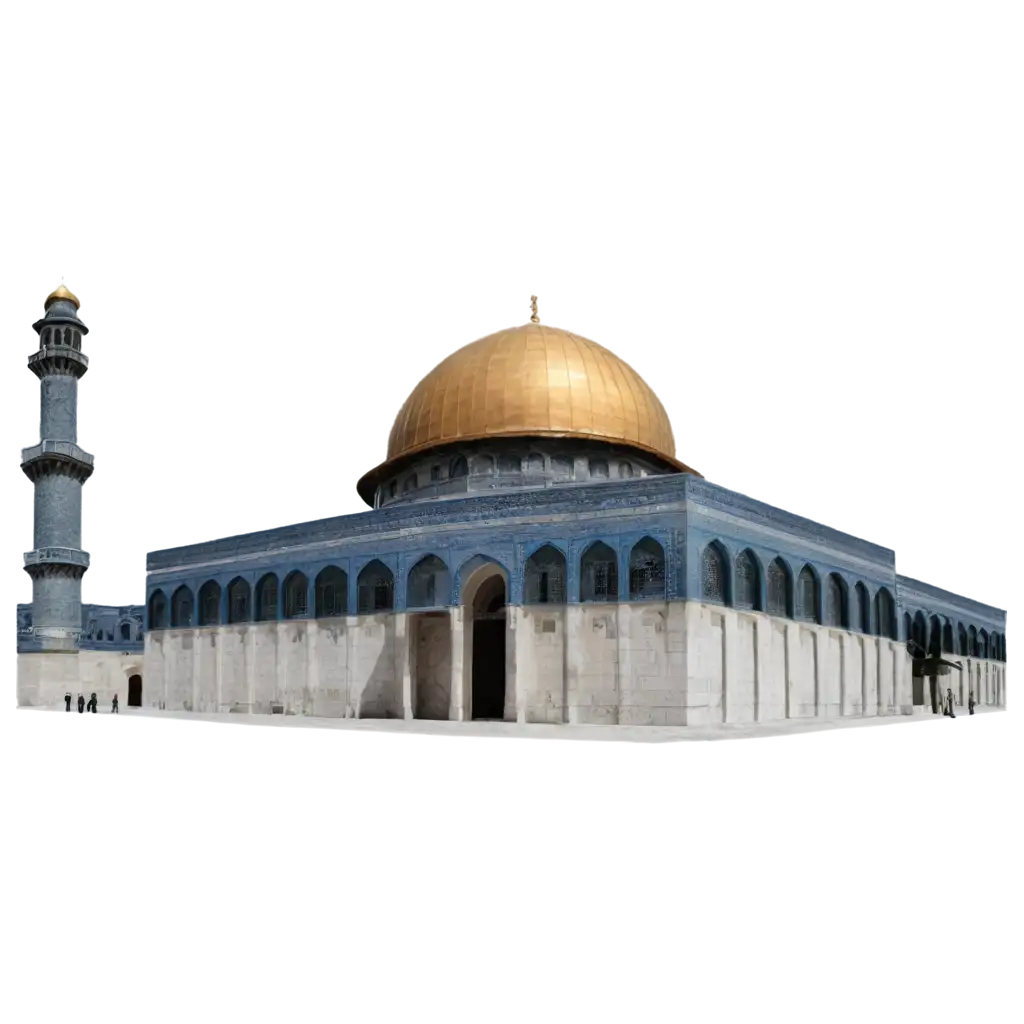
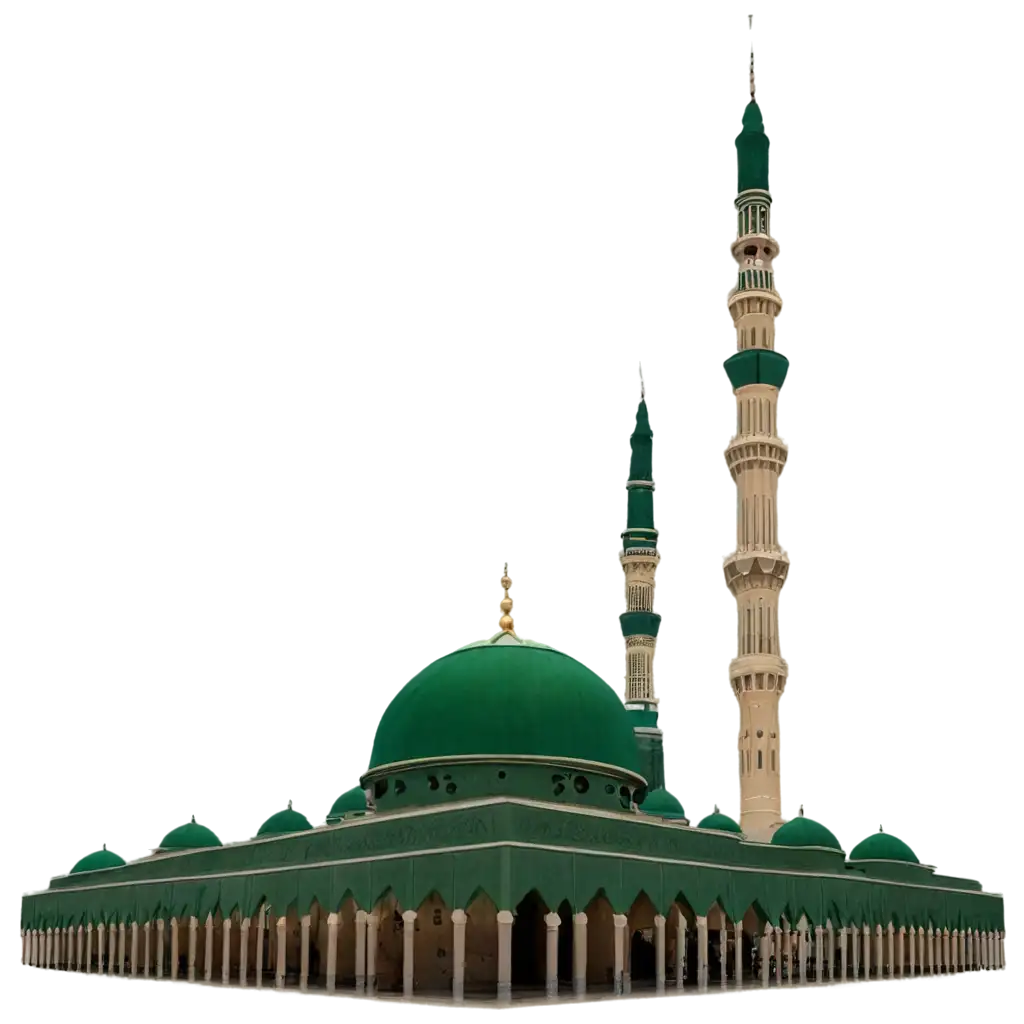
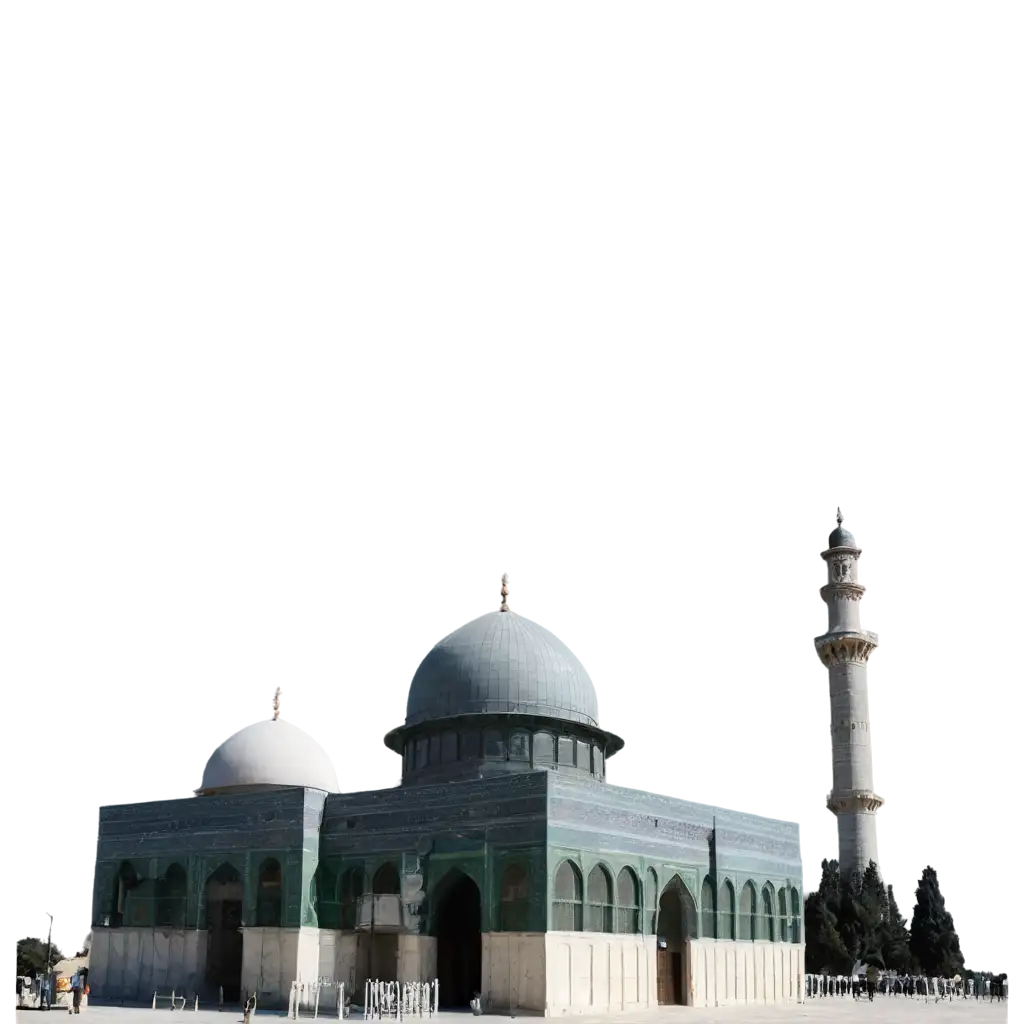
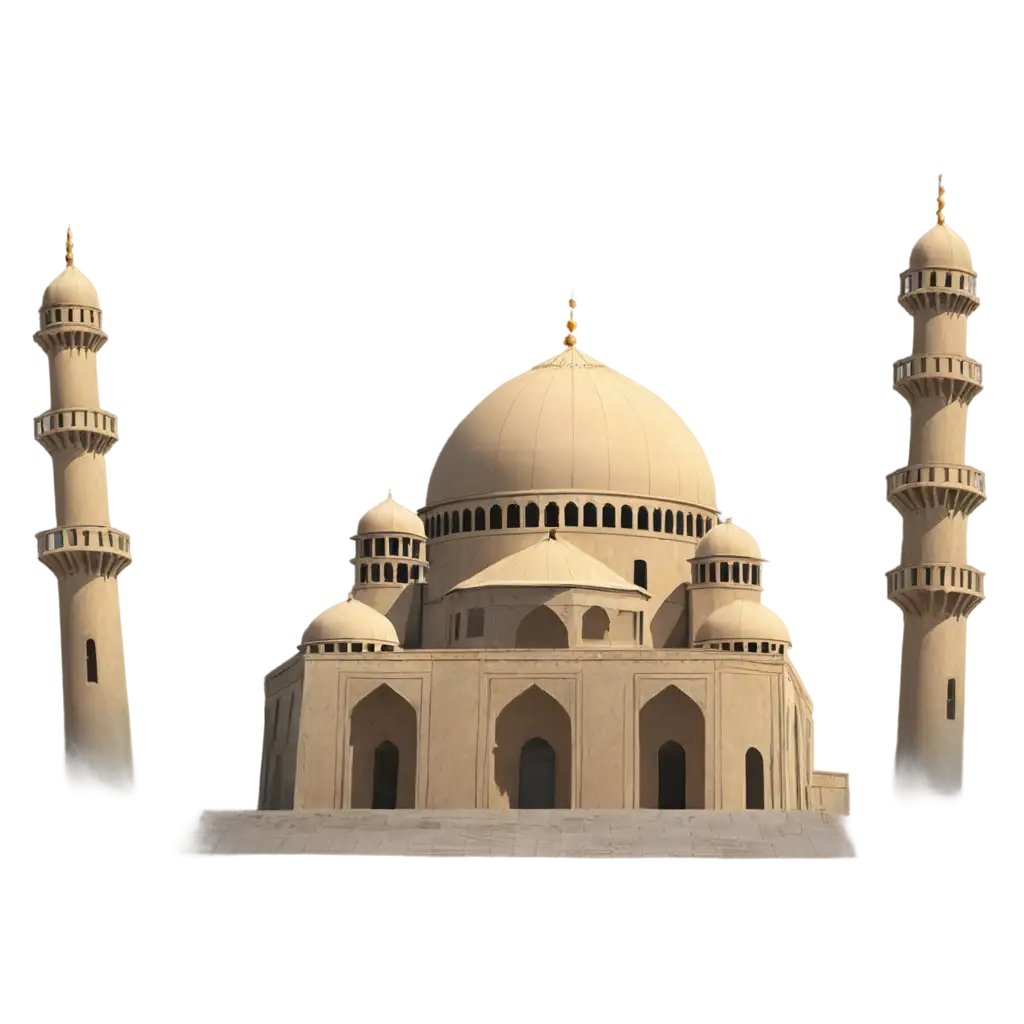
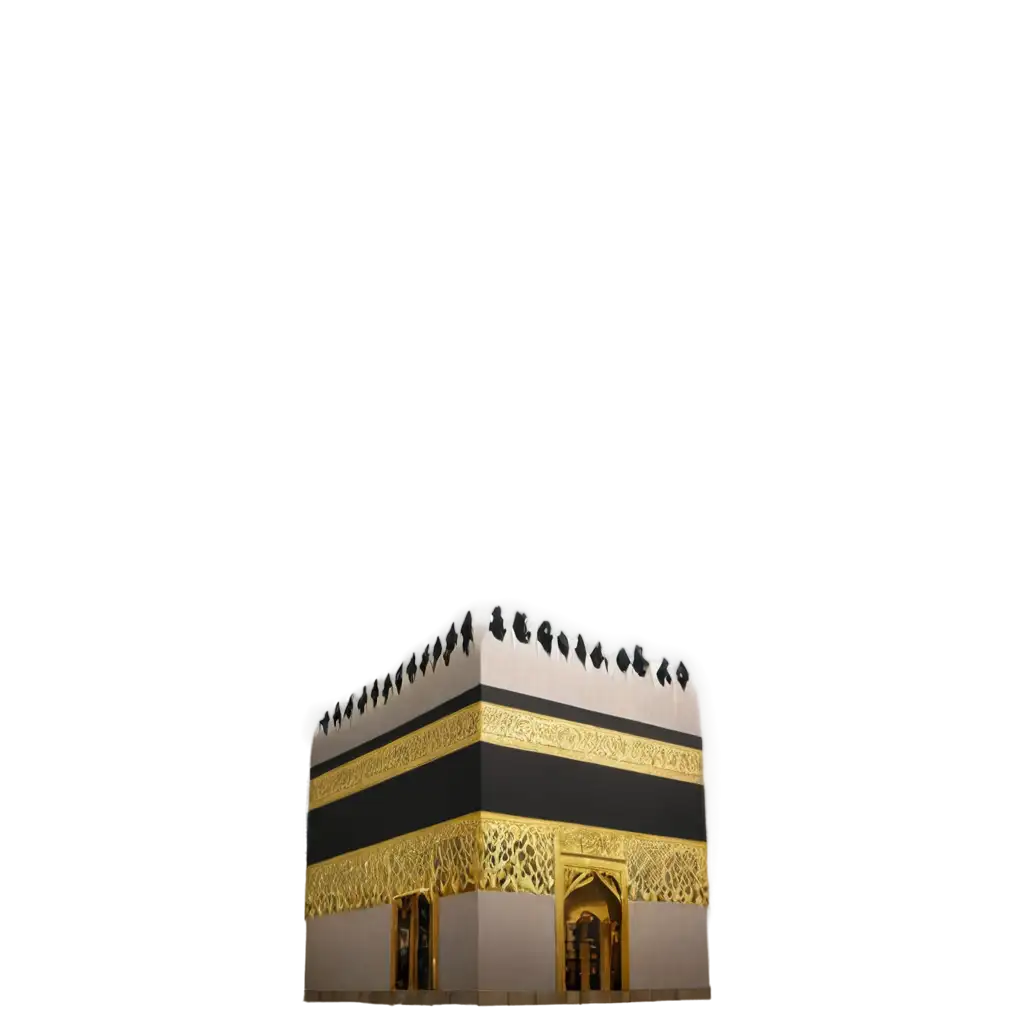
Related Tags
Sacred architecture represents humanity's enduring quest to create spaces that bridge the earthly and divine realms. Ancient structures like the Pyramids of Giza, Angkor Wat, and Gothic cathedrals showcase how different civilizations expressed their spiritual beliefs through architectural mastery. These sacred sites often incorporate symbolic elements such as domes representing the heavens, spires reaching toward the divine, and intricate geometric patterns reflecting cosmic order. Modern sacred architecture continues this tradition while embracing contemporary design principles, as seen in works like the Lotus Temple in New Delhi and the Thorncrown Chapel in Arkansas, demonstrating how spiritual spaces evolve while maintaining their essential purpose of facilitating communion between humans and the divine.
Sacred Architecture Through Time: From Ancient Temples to Modern Sanctuaries
Sacred sites across cultures share common architectural elements that serve both practical and symbolic purposes. Prayer halls, meditation spaces, and ceremonial chambers are designed to create atmospheres conducive to spiritual practice. Mathematical precision often guides the layout, as seen in the golden ratio proportions of Greek temples and the mandala-based designs of Buddhist stupas. Natural elements like water (reflecting pools, fountains), light (strategic window placement, stained glass), and organic materials (stone, wood) are intentionally incorporated to enhance the spiritual experience. The orientation of sacred sites frequently aligns with celestial bodies or geographical features, reflecting the deep connection between architectural design and cosmic significance.
Diverse Architectural Elements and Spiritual Symbolism in Sacred Sites
Contemporary technology plays a crucial role in preserving and documenting sacred sites for future generations. 3D scanning and modeling technologies create detailed digital records of these architectural treasures, enabling virtual tours and architectural studies. These digital tools also assist in restoration projects by providing precise measurements and structural analysis. Additionally, AI-generated imagery helps visualize historical sacred sites in their original glory, reconstruct damaged or lost structures, and explore potential restoration approaches. Virtual reality applications now offer immersive experiences of sacred spaces, making these sites accessible to people worldwide while helping preserve their physical counterparts from the wear of tourism.
Modern Applications and Digital Preservation of Sacred Sites
When generating sacred site imagery, attention to historical accuracy and cultural sensitivity is paramount. Key considerations include studying the architectural styles specific to different religious traditions, understanding the symbolic significance of various design elements, and respecting cultural protocols regarding sacred spaces. Lighting plays a crucial role in capturing the atmosphere of sacred sites - consider natural light sources, ceremonial illumination, and the interplay of light and shadow. Scale and proportion must be carefully maintained to convey the grandeur of these spaces while ensuring architectural accuracy. Incorporating appropriate environmental context, such as surrounding landscapes or urban settings, helps establish the site's relationship with its location and community.
Creating Authentic Sacred Site Imagery: Tips and Considerations